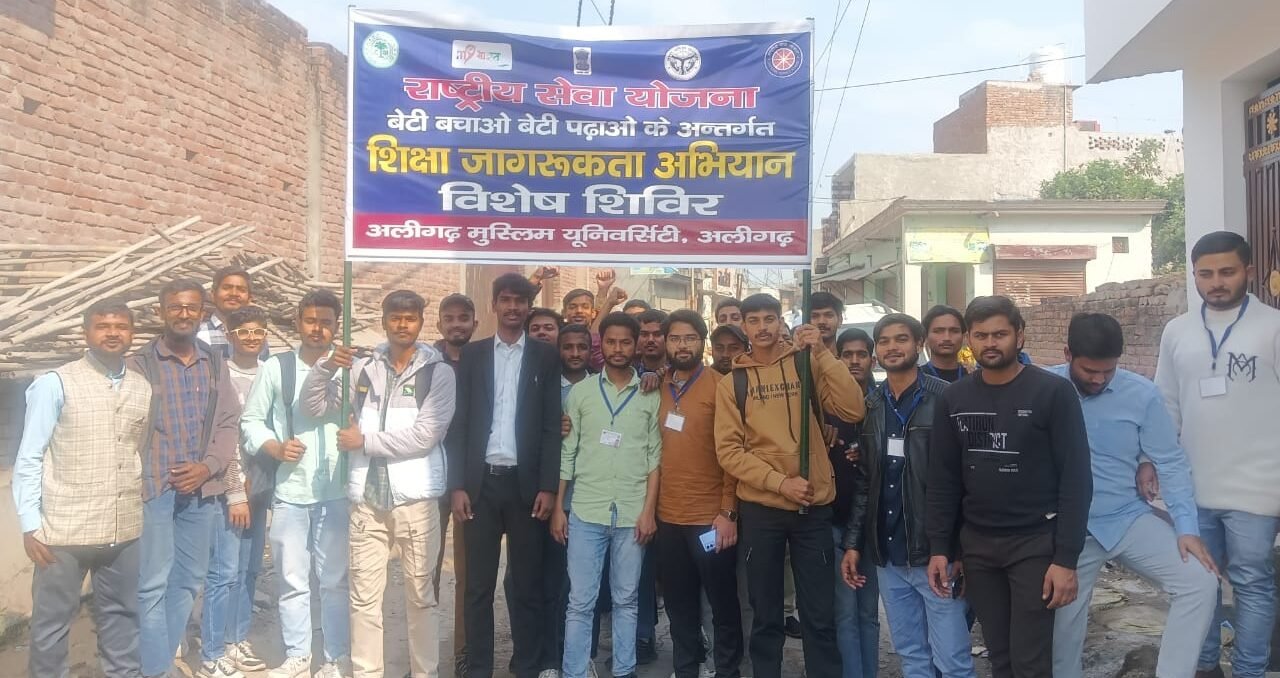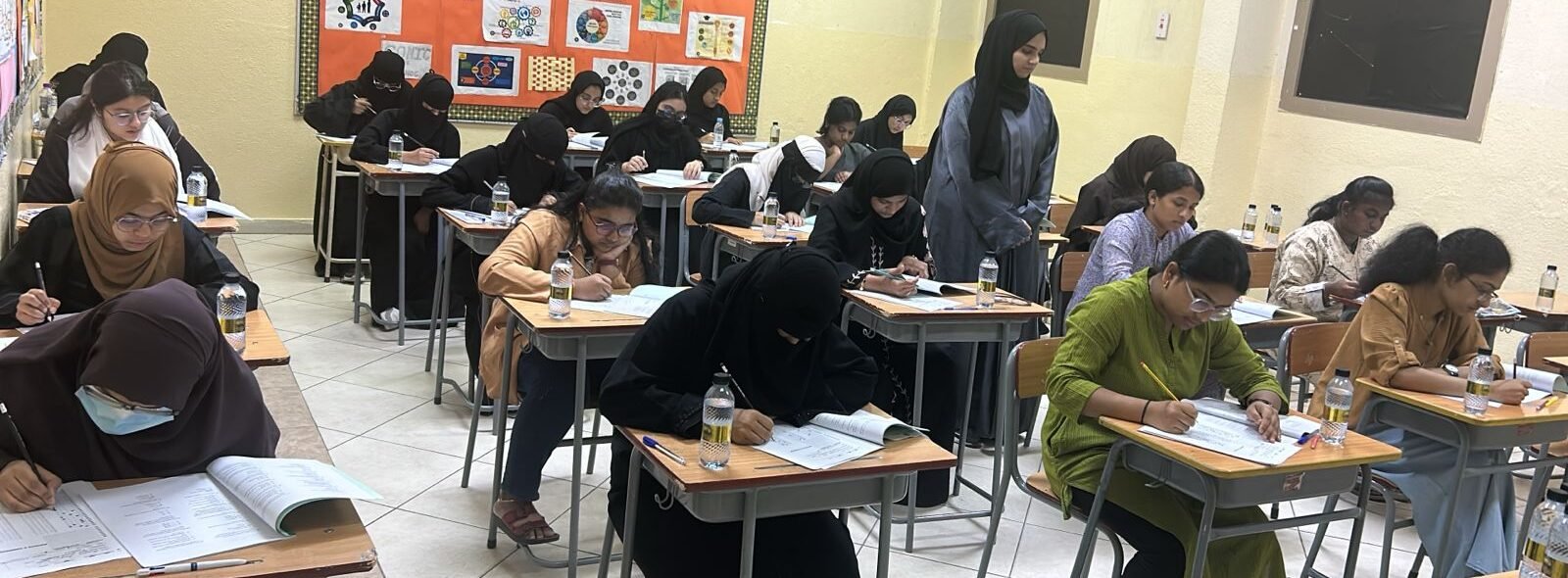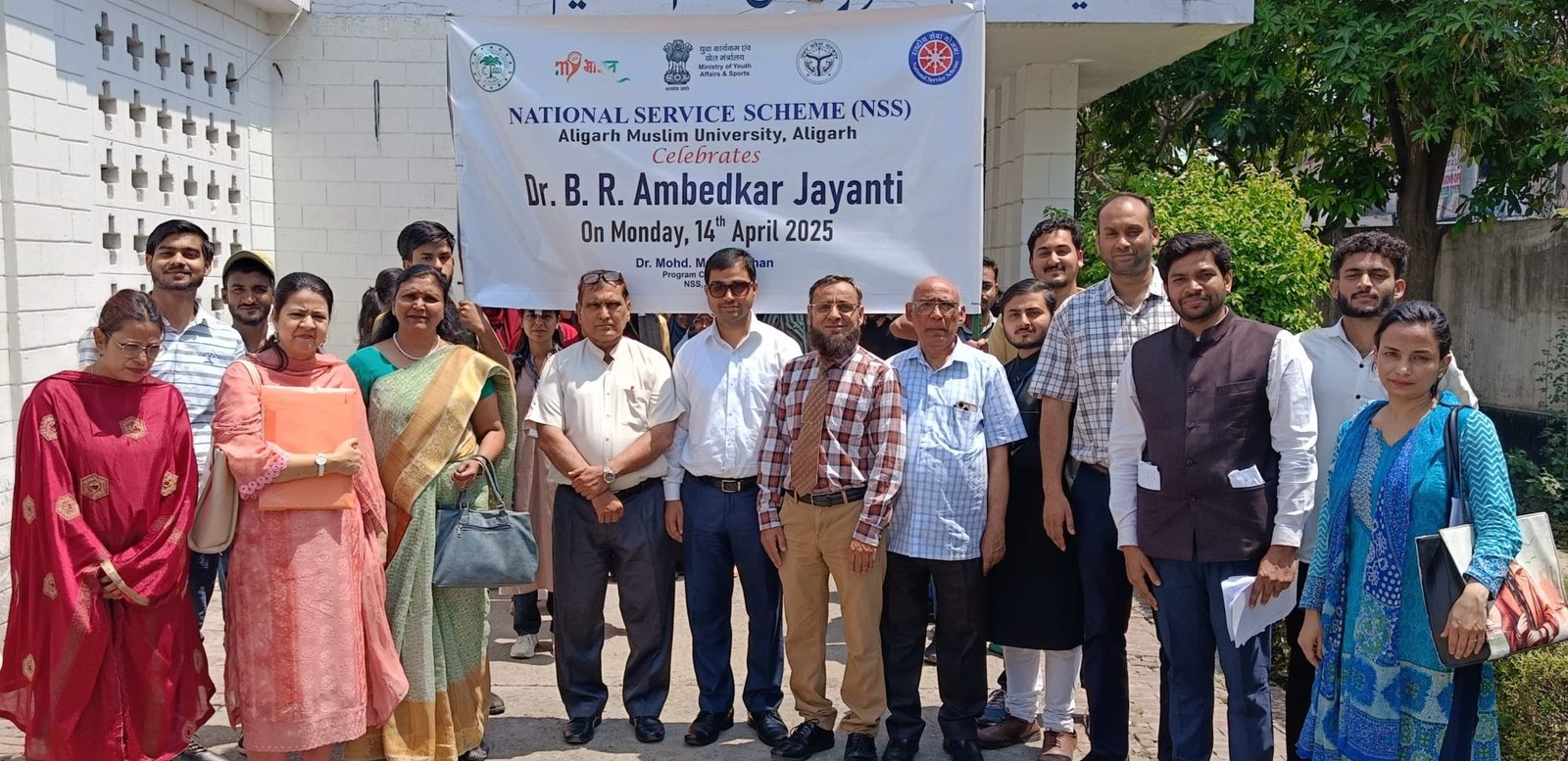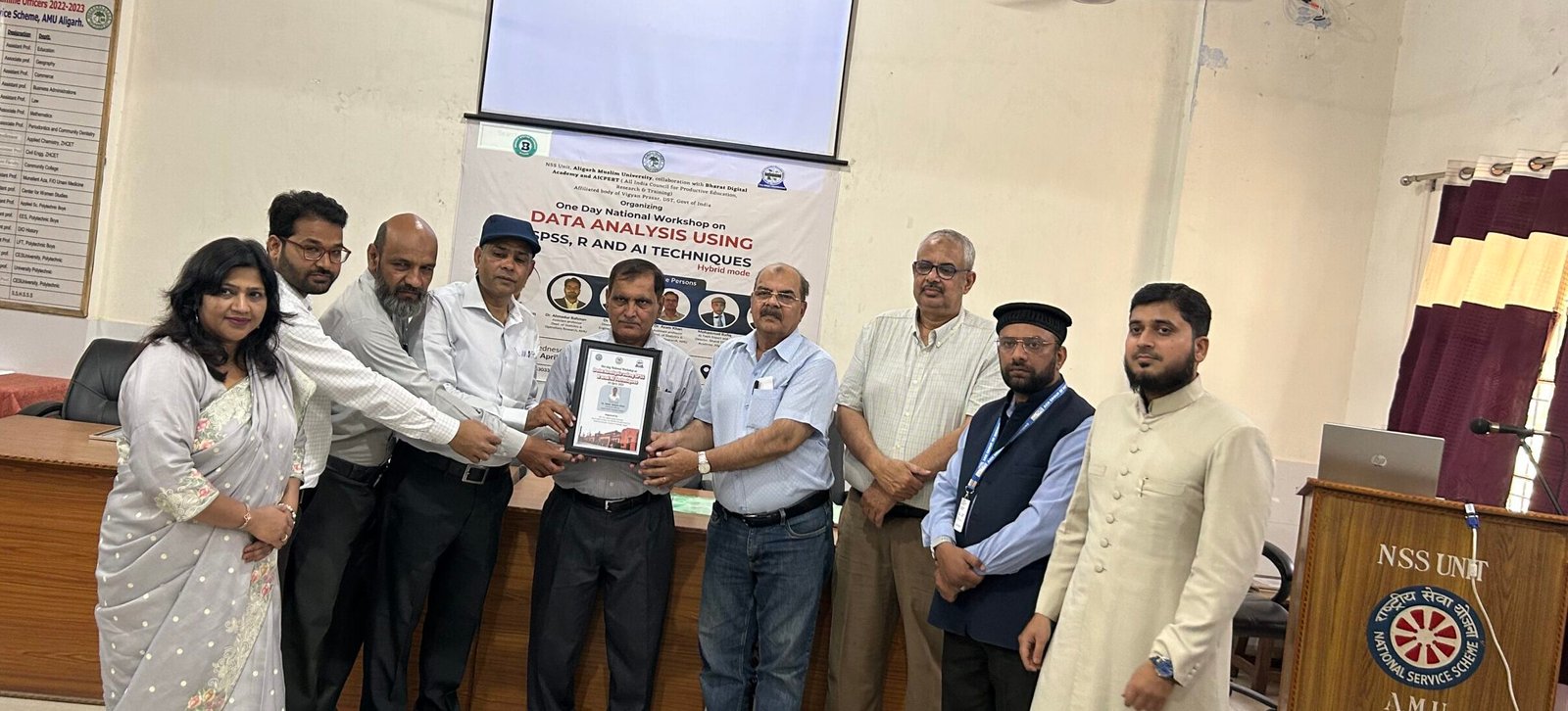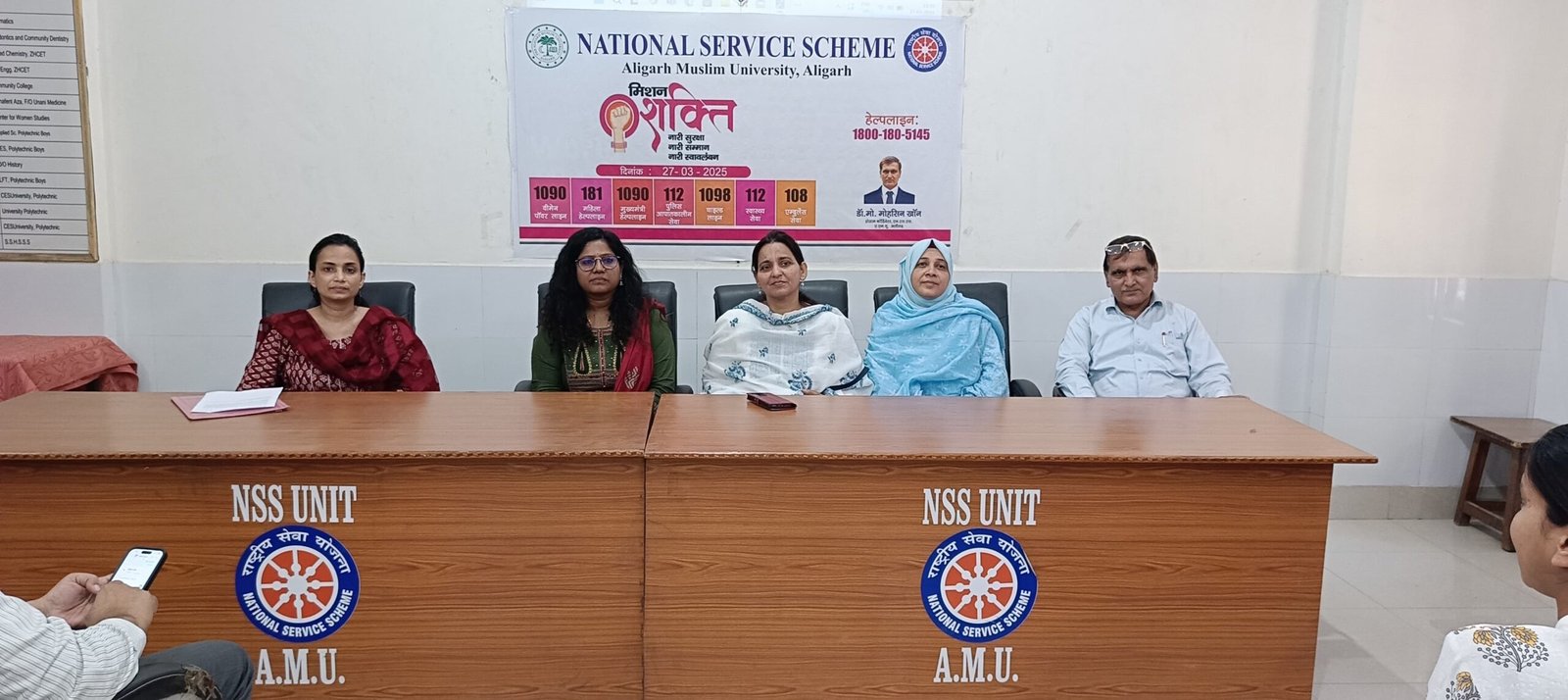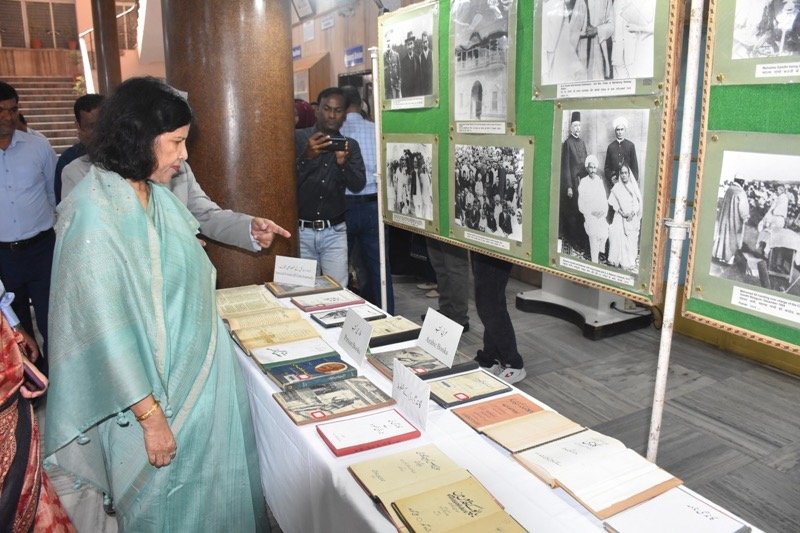

Aligarh, October 2 – As part of the celebrations for Mahatma Gandhi’s 155th birth anniversary, Aligarh Muslim University (AMU) organized an exhibition at the Maulana Azad Library featuring rare and historically significant items related to Gandhi’s life and legacy. A key attraction of the exhibition is the display of several editions of Gandhi’s famous newspaper Harijan, offering visitors a glimpse into his thoughts and activism during critical periods of India’s freedom struggle.
The exhibition, inaugurated by AMU Vice-Chancellor Professor Naima Khatun, includes rare editions of Harijan from the years 1939, 1940, and 1946. These issues provide an invaluable historical record of Gandhi’s messages on social justice, non-violence, and national unity, which were central to the Indian independence movement. The newspaper served as a platform for Gandhi to communicate his views on key issues, including untouchability, the British Raj, and his philosophy of ahimsa (non-violence).
Visitors to the exhibition expressed awe at seeing the original copies of Harijan, which played a crucial role in spreading Gandhi’s principles of equality and justice. These editions are part of a broader display of over 600 books and documents, including Gandhi’s collected works and other important writings, giving a comprehensive view of his life’s work.
University Librarian Professor Nishat Fatima emphasized the significance of showcasing Harijan at the exhibition, noting that the newspaper not only represents Gandhi’s journalistic efforts but also highlights his relentless fight against social evils and his vision for a just society. She mentioned that Gandhi used Harijan to advocate for the marginalized and to mobilize people for nonviolent resistance against colonial rule.
The exhibition, which also features Gandhi’s handwritten letters and rare photographs, will remain open to the public until October 3. It offers an enriching experience for those interested in learning more about the life and work of the Father of the Nation, with Harijan being a focal point of the display.



